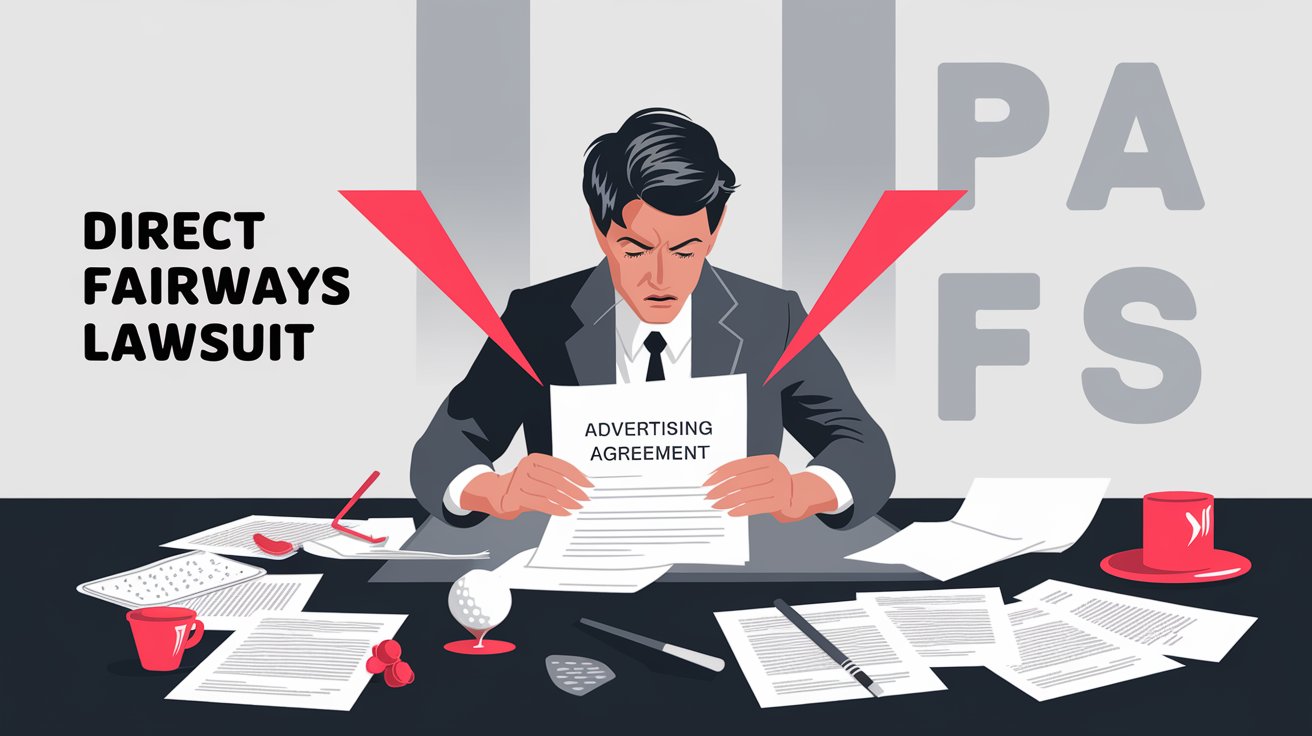In today’s hyper-competitive business world, simply meeting customer expectations is not enough. To stand out, businesses need to exceed expectations and create moments of joy that turn customers into loyal advocates. This is where the concept of a “delighter” comes in.
A delighter is an unexpected feature, service, or experience that surprises customers in a positive way, creating strong emotional connections. Unlike basic needs that customers expect, delighters go above and beyond, making people remember and talk about your brand.
So, how can businesses harness the power of delighters? Let’s dive into the concept, its impact, and practical strategies to implement them successfully.
Understanding Delighters
A delighter is an element that adds joy, excitement, or an extra level of convenience to a product or service. It’s not something customers demand, but when they experience it, they feel delighted.
For example:
-
Basic Need: A hotel provides a clean room and a comfortable bed.
-
Satisfier: The hotel offers free Wi-Fi and breakfast.
-
Delighter: The hotel surprises guests with a complimentary spa session or handwritten welcome note.
Delighters create memorable experiences that lead to customer loyalty, word-of-mouth marketing, and a competitive edge.
The Role of Delighters in Business
Delighters play a crucial role in:
-
Building Brand Loyalty – Customers are more likely to return to brands that exceed expectations.
-
Encouraging Word-of-Mouth Marketing – Delighted customers share their experiences with friends and family.
-
Creating a Competitive Advantage – Businesses that offer unique delighters stand out from competitors.
-
Increasing Customer Lifetime Value – Satisfied customers spend more and stay loyal for longer.
By strategically incorporating delighters into their offerings, businesses can foster deeper relationships with their audience.
Kano Model and Delighters
The Kano Model of customer satisfaction categorizes product features into three types:
-
Basic Needs – Expected features (e.g., a car with working brakes).
-
Performance Needs – Features that improve satisfaction based on quality (e.g., fuel efficiency).
-
Delighters – Unexpected features that wow customers (e.g., a car with an automatic parallel parking system).
Delighters do not just meet needs; they create emotional attachment and positive surprise, making them invaluable for businesses.
Examples of Delighters in Different Industries
Technology
-
Apple’s seamless ecosystem and packaging experience.
-
Google’s hidden Easter eggs in search results.
Retail
-
Zappos’ unexpected free overnight shipping.
-
Nordstrom’s legendary customer service policies.
Hospitality
-
Personalized welcome messages at hotels.
-
Complimentary upgrades for loyal customers.
Healthcare
-
Doctors calling patients post-surgery to check on them.
-
Hospitals providing comfort kits for anxious patients.
Service Sector
-
Restaurants surprising guests with free desserts.
-
Gyms offering free post-workout smoothies.
How to Identify Delighters for Your Business
-
Analyze Customer Feedback – Identify areas where customers express joy.
-
Conduct Market Research – See what competitors are offering and how you can exceed it.
-
Listen to Employee Insights – Frontline employees often have valuable customer insights.
-
Experiment & Innovate – Test small surprises and measure customer reactions.
Psychology Behind Delighters
Delighters tap into psychological principles such as:
-
Surprise & Delight – Unexpected joy leads to emotional bonding.
-
Reciprocity – Customers feel compelled to return the favor (e.g., brand loyalty).
-
Loss Aversion – Once customers experience a delighter, they may not want to go without it.
Understanding these principles helps businesses create more effective delighter strategies.
How Companies Use Delighters to Build Brand Loyalty
-
Amazon – Prime members receive unexpected benefits like same-day delivery.
-
Tesla – Software updates introduce new features customers didn’t expect.
-
Disney – Cast members go above and beyond to create magical experiences.
By consistently exceeding expectations, these brands turn customers into lifelong fans.
Challenges in Implementing Delighters
-
Cost Considerations – Delighters should be cost-effective to maintain profitability.
-
Evolving Customer Expectations – Today’s delighter may become tomorrow’s expectation.
-
Scalability – Personalized delighters can be hard to maintain at a large scale.
Businesses must balance offering delighters while keeping operations sustainable.
Measuring the Impact of Delighters
To determine if your delighter strategy is working, track:
-
Customer Satisfaction Scores (CSAT)
-
Net Promoter Score (NPS) – Measures how likely customers are to recommend you.
-
Customer Retention Rates
-
Social Media Mentions & Reviews
Analyzing these metrics helps refine and improve delighter strategies over time.
FAQs
What is a delighter in business?
A delighter is an unexpected feature or service that surprises and delights customers, exceeding their expectations.
Why are delighters important?
They enhance customer experience, build loyalty, and create a competitive advantage.
How can businesses identify potential delighters?
Through customer feedback, market research, employee insights, and innovation.
Do delighters work in every industry?
Yes, any industry can benefit from offering unique and memorable experiences.
How do you measure the effectiveness of a delighter?
Using metrics like customer satisfaction scores, NPS, and social media mentions.
Conclusion
In an era where customer experience defines brand success, delighters are powerful tools for creating loyal customers and driving business growth. By strategically incorporating surprises and exceeding expectations, businesses can turn ordinary transactions into unforgettable experiences.
Investing in delighters is not just about adding perks—it’s about fostering long-term relationships with customers, ensuring they return again and again.











